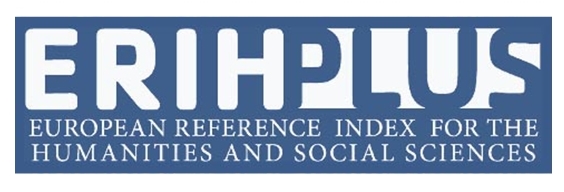The Stage as Purgatory: Shakespearean Moral Dilemmas
DOI:
https://doi.org/10.18485/bells.2014.6.8Keywords:
theatre, Purgatory, Greenblatt, Leyshon, Shakespeare, Stoppard, moral dilemmasAbstract
This article was inspired by Trevor Nunn’s 2011 production of Rosencrantz and Guildenstern Are Dead at the Theatre Royal Haymarket in London. As the performance and the title of the play transpire, Rosencrantz and Guildenstern are detained in Purgatory after being killed in England. The aim of this article is to explore the reasons why Tom Stoppard keeps them in Purgatory and repeatedly exposes them to the crucial moments from their earthly lives. The necessary theoretical framework is set out by Stephen Greenblatt’s study Hamlet in Purgatory (2002), and Gareth Leyshon’s B.Th. thesis The Purpose of Purgatory: Expiation or Maturation? (2005). The conclusion we would like to propose is that the purpose of their detention is maturation, meaning the ability to make morally right choices when faced with Shakespearean moral dilemmas.
Downloads
References
Downloads
Published
Issue
Section
License
Copyright (c) 2021 Vesna Lopičić

This work is licensed under a Creative Commons Attribution-ShareAlike 4.0 International License.
Authors who publish with this journal agree to the following terms:
- Authors are confirming that they are the authors of the submitting article, which will be published (print and online) in Belgrade English Language and Literature Studies by the Faculty of Philology, University of Belgrade (Faculty of Philology, Studentski trg 3, 11000 Belgrade, Serbia). Author’s name will be evident in the printed article in the journal. All decisions regarding layout and distribution of the work are in hands of the publisher.
- Authors guarantee that the work is their own original creation and does not infringe any statutory or common-law copyright or any proprietary right of any third party. In case of claims by third parties, authors commit their self to defend the interests of the publisher, and shall cover any potential costs.
- Authors retain copyright and grant the journal right of first publication with the work simultaneously licensed under a Creative Commons Attribution-ShareAlike 4.0 International License that allows others to share the work with an acknowledgement of the work's authorship and initial publication in this journal.
- Authors are able to enter into separate, additional contractual arrangements for the non-exclusive distribution of the journal's published version of the work (e.g., post it to an institutional repository or publish it in a book), with an acknowledgement of its initial publication in this journal.
- Authors are permitted and encouraged to post their work online (e.g., in institutional repositories or on their website) prior to and during the submission process, as it can lead to productive exchanges, as well as earlier and greater citation of published work.




